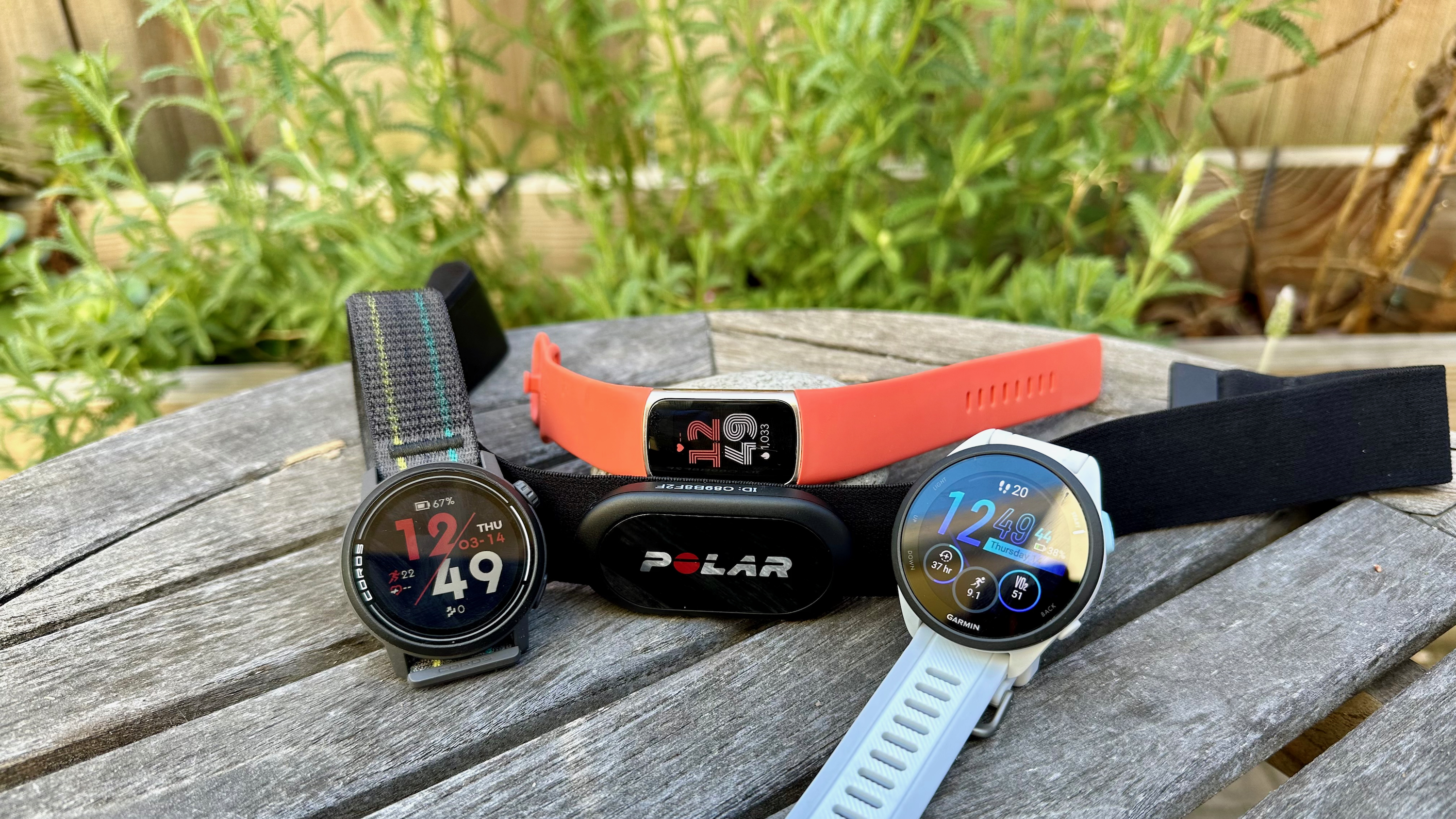There’s nothing else like the Land Rover Defender as some old charm returns

Open this photo in gallery: The Defender blends the charm and look of old Land Rovers in a modern package.Kunal D’souza/The Globe and Mail A Range Rover wasn’t always the posh, luxurious status symbol it is now. The first generation or “classic” Range Rover started life as a rugged off-roader with a vinyl and plastic interior designed to be hosed down after a day spent in the British countryside. During its life cycle, niceties such as leather and air conditioning were added. But it wasn’t until the second generation released nearly 25 years later in 1994, that the Range Rover as we know it today began to take shape. They’re beautifully designed vehicles for sure but new Range Rovers are about as pretentious as a Louis Vuitton bag. The rustic British charm of the original faded away but the Defender, which was redesigned in 2021, brings some of it back to the brand. The Defender comes in three lengths – the two-door 90, the four-door 110 and the four-door 130. The 130 is the longest with seating for up to eight passengers. It’s an excellent alternative to three-row luxury SUVs such as the BMW X7 or the Mercedes-Benz GLS and a much cheaper alternative to the miltary-esque Mercedes G-Wagen. While the shorter Defender 110 can be equipped with third-row seats, they’re best suited for small children. Open this photo in gallery: The third row is large enough to fit two adults.Kunal D’souza/The Globe and Mail The 130 solves this problem with a 34-centimetre increase in length, most of that behind the rear wheels, and a 2-3-3 seating configuration. Captain’s chairs can be fitted instead of a middle-row bench, reducing seating to seven. The third row is useful in the 130, able to easily accommodate two adults and they’re heated. The Defender distinguishes itself in the oversaturated luxury SUV market with its calculated blend of comfort, utility and off-road design. It’s available with a variety of powertrains from a turbocharged four-cylinder to a BMW-sourced twin-turbo V8, and multiple levels of off-road packages. The Defender 130, which is assembled in Jaguar Land Rover’s Nitra plant in Slovakia, starts at $88,700, but the V8 version I drove costs quite a bit more at $143,900. If that sounds expensive, consider that a Jeep Wrangler Rubicon X with a four-cylinder engine is more than $83,000 and it doesn’t have anywhere near of the refinement of the Land Rover. The Wrangler Rubicon X is a capable off-road machine but so is the Defender – and when you compare the interior and tech, the gap between them turns into a chasm. Land Rovers are supposed to be vehicles for the adventurous, at least that’s what they should convey about the driver even if they never take on anything more challenging than a dirt road. The Range Rover has moved so far into the luxury spectrum that it feels like the allure is lost, but the Defender – with its blocky and upright styling and interior that feels both premium and utilitarian – brings a lot of that back. Open this photo in gallery: The dashboard forms a shelf that stretches from door to door, framing a powder-coated magnesium plate with the word Defender stamped on the passenger side.Kunal D’souza/The Globe and Mail The dashboard forms a shelf that stretches from door to door, framing a powder-coated magnesium plate with the word Defender stamped on the passenger side. There are exposed bolts on the centre console and door panels. The parts that aren’t wrapped in leather are made of a durable-feeling rubberized material. The centre console has large physical buttons and Land Rover’s nifty digital dials that can be used to set cabin temperature, fan speed or the drive mode. The rubberized floor is even designed to be hosed down, much like the classic Range Rover. The Defender is as capable off-road as it looks. The extra length on the 130 means you give up a bit of capability compared with the shorter versions, but this is a vehicle that can wade in up almost a metre of water and traverse almost any terrain. Yet, on the road, the standard air suspension soaks up the worst of our winter ravaged roads. It also handles relatively well, even as it weights more than 2,500 kilograms. Because it’s a big vehicle, dense city driving isn’t its forte. Still, its commandingly high-seating position and big burly feel make it an easy vehicle to love just about everywhere else. Open this photo in gallery: The trunk with the third row folded flat.Kunal D’souza/The Globe and Mail The supercharged V8 might be overkill; there are turbocharged four and six-cylinder options that provide enough power, but the others lack the old-school burbly character of the V8. The supercharger whine alone defines the driving experience. It’s relatively efficient on the highway too, with consumption dropping to less than 11 litres per 100 kilometres. In a market saturated with big, premium SUVs, the Defender represents good value. An entry-level Mercedes-Benz G550 is more than $200,000 after adding taxes and fees and it has a tight cabin and isn’t nearly as comfortable. Add $50,000 to the price of the G550 if you want one with a V8. The Defender deftly blends the charm and look of old Land Rovers in a thoroughly modern package and there’s nothing else like it on the market. It’s beautifully built and excellent to drive, whether you go with the V8 or not. Open this photo in gallery: The 130 is the longest Defender, 34 centimetres longer than the 110 with most of that behind the rear wheels.Kunal D’souza/The Globe and Mail Tech specs Land Rover Defender 130 V8 Base price / as-tested: $143,900/$172,228 plus $2,790 for freight, predelivery inspection and fees, plus tax (as-tested price includes $12,038 for estimated luxury tax) $143,900/$172,228 plus $2,790 for freight, predelivery inspection and fees, plus tax (as-tested price includes $12,038 for estimated luxury tax) Engine: Five-litre supercharged V8 Five-litre supercharged V8 Horsepower / torque (lb-ft): 493 / 450 493 / 450 Transmission / drive: Eight-speed automatic / four-wheel drive Eight-speed automatic / four-wheel drive Curb weight: 2,658 kilograms 2,658 kilograms Fuel consumption (litres per 100 kilometres): N/A N/A Alternatives: BMW X7, Mercedes-Benz G-Wagen, Mercedes-Benz GLS, Lexus LX, Lexus GX Shopping for a new car? Check out the new Globe Drive Build and Price Tool to see the latest discounts, rebates and rates on new cars, trucks and SUVs. Click here to get your price.
















